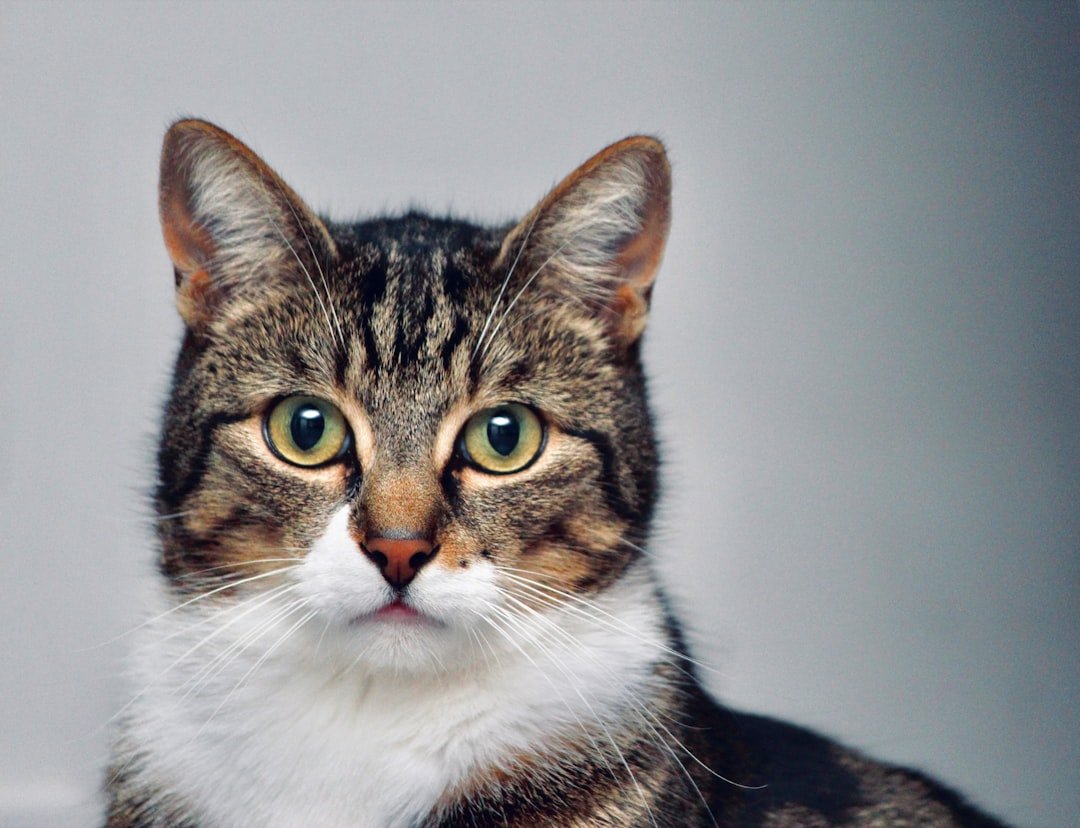8 Must Tips for Effective Fall Monitoring in Aged Care
By PAGE Editor
Falls are more likely to happen as you get older, which is a big problem for people who live in senior living homes. To make sure residents are safe and healthy, it's important to use comprehensive fall monitoring methods. Here are eight important things you need to know about overseeing falls in senior living facilities:
1. Comprehensive Risk Assessment
Conducting thorough risk assessments for each resident involves scrutinizing factors like limited mobility, medications' side effects, cognitive impairments, and environmental hazards, all of which contribute to the risk of falls.
A proactive approach not only lowers the risk of falls but also gives residents the tools they need to stay safe and healthy while still maintaining their freedom and quality of life.
2. Monthly Staff Training
Staff training sessions that happen once a month are very important for giving caregivers the information and skills they need to keep elderly residents from falling. The session teaches the staff the right way to help residents move around safely. For example, they learn how to move people from beds to chairs or the stairs.
Staff are also taught to spot things in the surroundings that could cause someone to fall, like floors that are wet or paths that are blocked, and to take steps to reduce these risks.
3. Make Changes to the Environment
Make your home safer by getting rid of things that could cause you to trip, like loose rugs, cluttered paths, and uneven floors. Put handrails and grab bars in the halls and bathrooms to help residents stay stable and supported.
4. Encourage Physical Activity and Strength Training
Get people to join regular exercise programs that are designed to help them get stronger, more flexible, and better at balance. Not only does exercise lower the risk of falling, it also improves health and well-being in general.
5. Use Assistive Devices
Give people the right assistive devices, like walkers, canes, and wheelchairs, to help them move around and lower their risk of falling. To get the most out of these devices, make sure they are properly fixed and well taken care of. The fall monitoring in aged care is really important as it assures you that the person you love is secure.
6. Use Fall Detection Technology
Spend money on advanced fall detection systems that use sensors or wearable tech to track residents' movements and spot possible falls as they happen. These tools make it possible to help right away and can greatly lessen the effects of falls.
7. Encourage Medication Management
Work closely with healthcare workers to go over residents' medications regularly. Side effects of some medications, like feeling sleepy or dizzy, can make them more likely to fall. To lower the risk of falling, drug schedules may need to be changed.
8. Encourage Talking and Reporting
Make it a habit for staff, residents, and family members to talk to each other about falls and close calls. It is important to get all falls reported, no matter how small, so that trends can be found and preventative steps can be put in place.
Prioritizing Safety and Well-being
Tracking falls effectively in senior living requires a multifaceted approach that takes into account each person's needs, the environment, and new technologies. These important tips can help aged care homes make their places safer and improve the quality of life for the people who live there.
Remember that taking proactive steps and staying alert are the best ways to keep older people from falling and protecting their health.
HOW DO YOU FEEL ABOUT FASHION?
COMMENT OR TAKE OUR PAGE READER SURVEY
Featured









Tap to read…